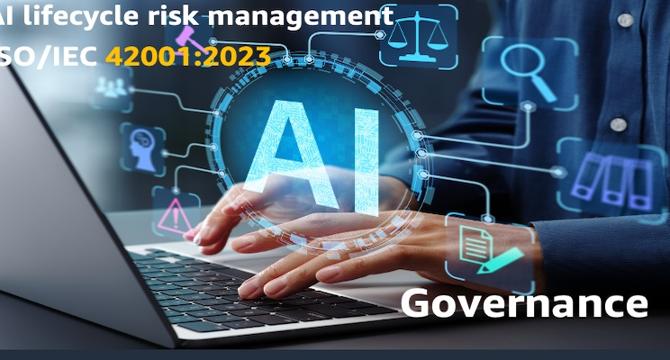Amazon
2M
313

Image Credit: Amazon
AI lifecycle risk management: ISO/IEC 42001:2023 for AI governance
- ISO/IEC 42001 provides a framework for AI governance to ensure responsible, ethical, and compliant AI systems across the lifecycle.
- AI governance involves activities like stakeholder alignment, data and model management, explainability, and accountability.
- ISO/IEC 22989:2022 describes the AI lifecycle stages from inception to retirement, emphasizing the importance of governance at each stage.
- ISO/IEC 42001:2023 outlines risk management requirements, including risk assessment, operational controls, monitoring, and continuous improvement.
- AI Impact Assessments (AIIAs) are essential for high-risk use cases to evaluate societal, ethical, and legal impacts.
- Framework options like ISO 31000 and NIST AI RMF offer structured methods for AI risk assessment and management.
- Threat modeling tools such as STRIDE, DREAD, and OWASP are utilized to identify and mitigate AI system vulnerabilities.
- AWS tools like SageMaker Model Cards, SageMaker Clarify, and Ground Truth assist in ensuring transparency, fairness, and accountability in AI.
- AIIAs help in evaluating risks associated with AI systems, ensuring ethical use and appropriate mitigation strategies.
- Continuous monitoring, threat modeling, and compliance audits are crucial for maintaining effective AI governance and risk management.
Read Full Article
18 Likes
For uninterrupted reading, download the app